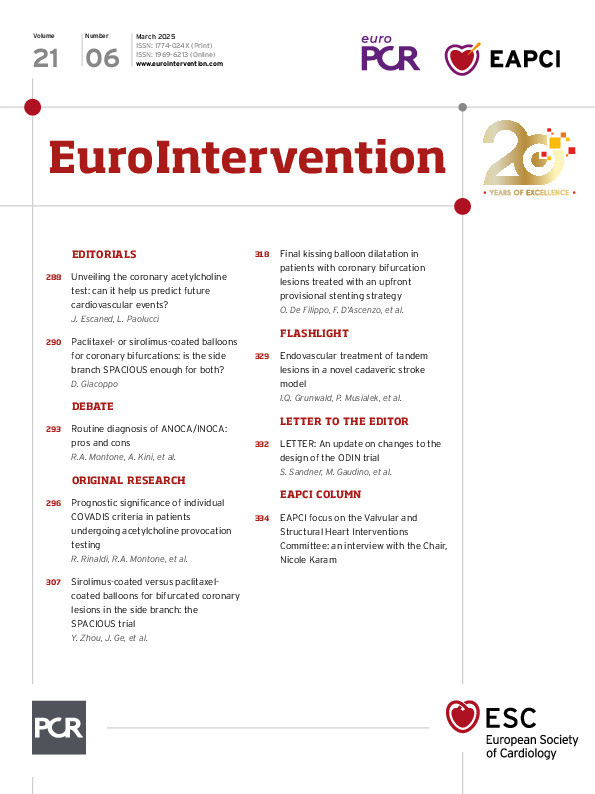Increasing awareness of angina or ischaemia with non-obstructive coronary arteries (ANOCA/INOCA) has expanded our knowledge of ischaemic heart disease, highlighting the importance of vasomotor disorders and microvascular dysfunction in symptomatic patients without stenoses in epicardial coronary arteries. ANOCA/INOCA encompasses a wide spectrum of conditions which require advanced diagnostic tools for precise endotyping. Emerging evidence suggests that the use of invasive functional assessments can help to identify specific mechanisms underlying myocardial ischaemia, leading to a more accurate diagnosis that enables specific treatments and – eventually – prognostic benefits. However, it should be noted that the evidence supporting routine functional assessments is limited, with guidelines recommending more selective approaches, due to considerations of procedural risks, high costs, and the lack of robust outcome data. Whether invasive functional diagnosis of ANOCA/INOCA should be adopted as a standard practice remains an area of uncertainty.
Pros
Rocco Antonio Montone, MD, PhD; Andrea Caffè, MD
A sizeable proportion (up to 50%) of patients undergoing coronary angiography due to suspected angina and/or detectable ischaemia have non-obstructed coronary arteries. In these patients, the role of coronary vasomotor...
Sign up for free!
Join us for free and access thousands of articles from EuroIntervention, as well as presentations, videos, cases from PCRonline.com

